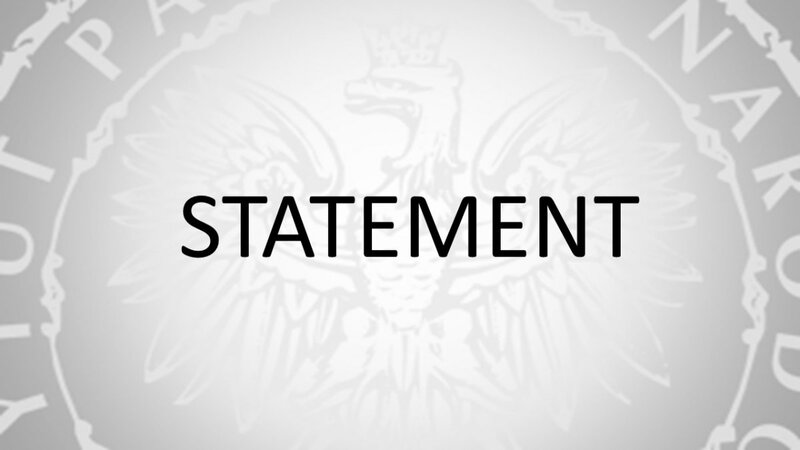The published documents do not bring any particularly significant new information on Soviet operations in 1944-1945. During this period, the Soviet Union, fighting against Germany, at the same time pursued a consistent policy aimed at preventing the reconstruction of the independent Republic of Poland. After the violent annexation of the eastern territories of the Republic of Poland to the USSR and the enslavement of the remaining Polish territory, the Soviet terror apparatus (and communist authorities subordinate to it) carried out repressive actions against the independence forces and the society attached to the hope of rebuilding a free Poland.
The first part of the documents concerns the Warsaw Rising. They ignore the Soviet actions silently aimed at enabling Germany to liquidate the Warsaw Rising and blocking the possibility of increasing Western allied assistance for most of the period of insurgent fighting (almost until mid-September 1944). They do not show the fighting and destruction by the Soviet forces of the Home Army units that were helping the Rising. All of the documents shown are dated to the end of September and October 1944, when the Soviets occupied the right bank of the capital and allowed limited (but publicized) military operations against the rest of the city (in fact not leading to a change in the situation on the front).
Further documentation of the disloyalty of the communist People's Army to Poland and the insurgent authorities, illustrating its actual subordination to Soviet command centers, is interesting.
The next documents are materials produced by the Soviet and communist apparatus of repression and propaganda in 1944-1945. Like such materials produced by the German occupation repression organs, the Soviet documents show the fight against Home Army units and independence forces treated as "Home Army bandits." The Russians falsely present Home Army self-defense actions against Soviet enslavement, massive repression and murders by the NKVD and other formations in the lands occupied by the USSR as "terrorist activities", hiding the entire Soviet policy against Poland's independence in 1944-1945. These are the typical communist propaganda operations of Stalin's time.
The archives also include documents from the Rzeszów region, dated back to October 1944. However, we do not find any information in them related to the march carried out in this area, near the staff, at that time. Systematic murders of the Home Army soldiers in the forests near Turza near Rzeszów (September-October 1944). In local history, this crime is called "Little Katyn".
Further documents are materials of the Soviet occupation forces stationing after the war within Poland under the name of the Northern Group of Red Army Forces. It is also an interesting example of documents of the Soviet occupation forces treating all manifestations of independence activity against Stalinist authorities - like the German occupier before - as "bandit" and "terrorist".
It is desirable to disclose and publish all documentation of the Northern Group of Forces of the Soviet Army from 1945-1993.
Three documents (and an excerpt from the Soviet press) concern the extermination of Jews in the occupied lands carried out by the Germans. One of them contains a very interesting map showing how important the issue of communication infrastructure was for the Germans when choosing a location for the KL Auschwitz concentration camp.
A few more documents refer to the entry of Soviet troops (and units of Poles created at the Red Army) into the ruined Warsaw on January 17, 1945. They duplicate the already known treatment of this issue, inconsistent with the facts. There are no documents about the backstage of Soviet policy at the time when Stalin stopped the front and gave Germany the opportunity to suppress the Warsaw Rising and - over the following months - to systematically demolish and burn down the Polish capital.
The published collection also contains personal materials of Soviet soldiers, as well as documents of the Soviet political division and newspaper clippings in the tone typical of propaganda at that time. There is also a document describing food aid for parts of the population.
From the documents presented, we will not learn about Soviet crimes throughout the country - murders, robberies and rapes, as well as the robbery of industrial infrastructure exported in an organized manner to the USSR. No documents showing the scale of Soviet repression were published there.
Like all such files, the above documents require historical verification in a clash with other testimonies of the era. The Institute of National Remembrance appeals to the Russian Federation for a policy of openness and for making all materials of the Soviet army and the apparatus of repression produced in the years of communist totalitarianism available to historians.
